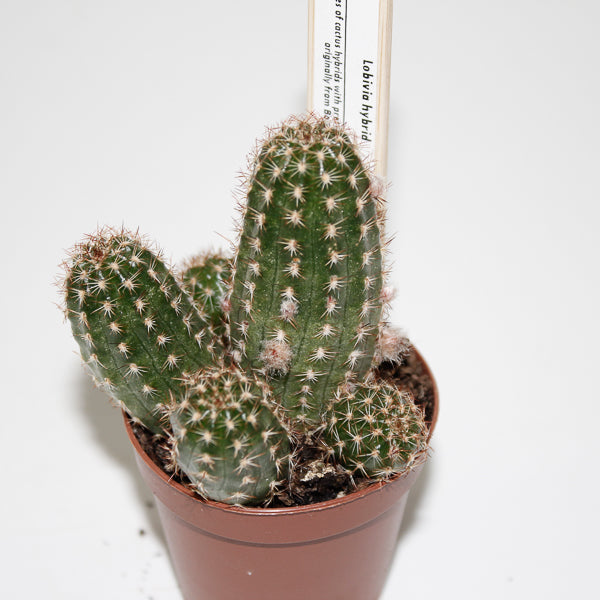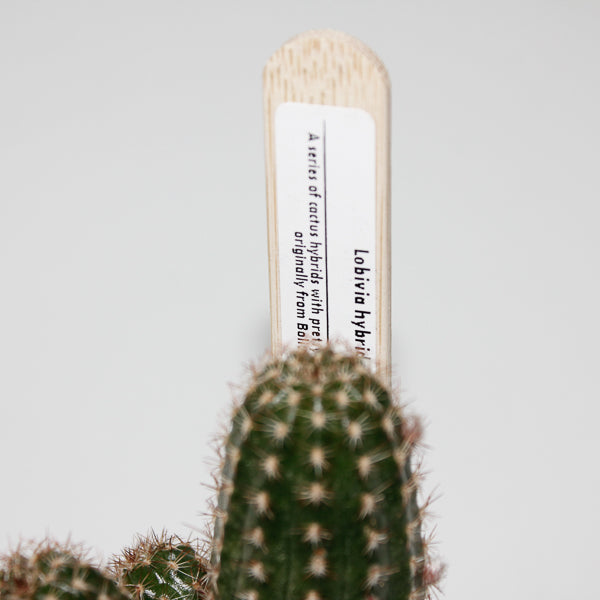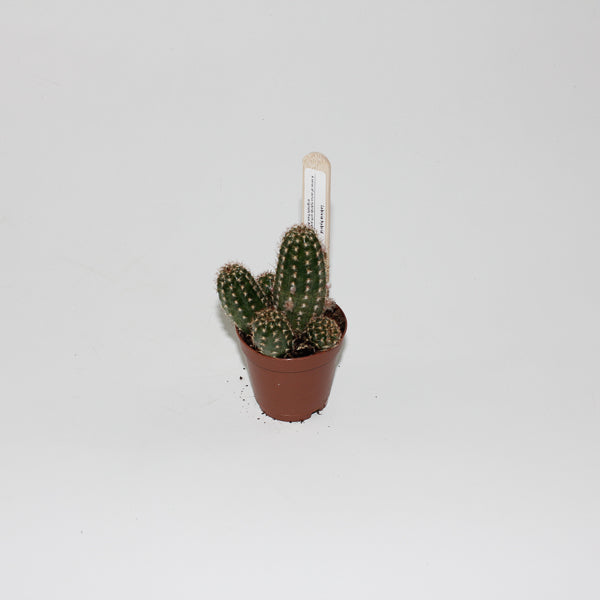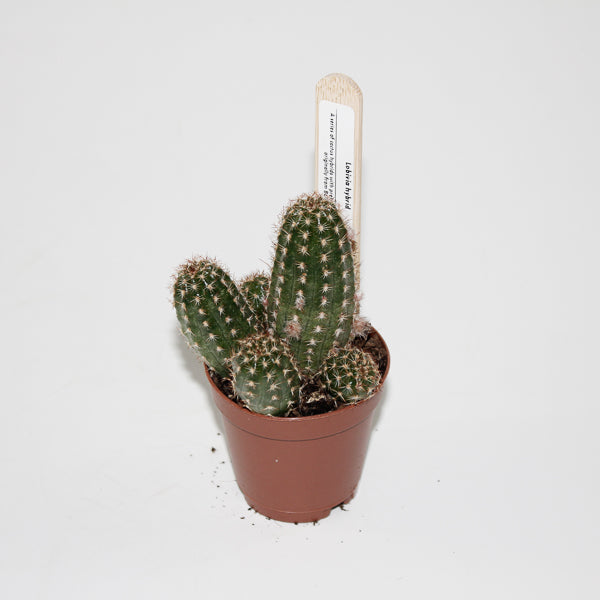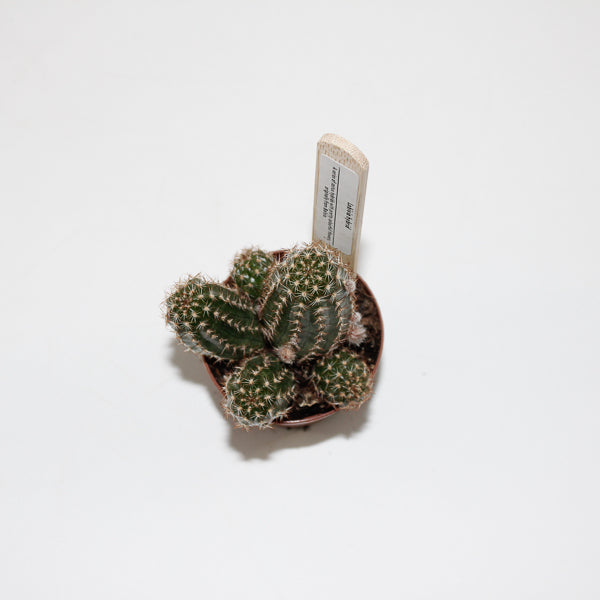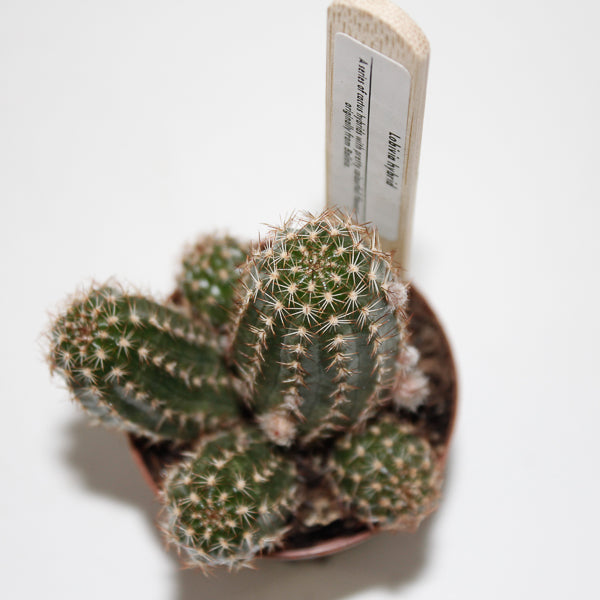1
/
of
6
Emm's Plant House
Lobivia hybrid Ø5.5cm
Lobivia hybrid Ø5.5cm
Regular price
£10.00 GBP
Regular price
Sale price
£10.00 GBP
Unit price
/
per
Taxes included.
Couldn't load pickup availability
Lobivia hybrids are a collection of cactus varieties that are the result of cross-breeding different Lobivia species. These hybrids are known for their vibrant and diverse flower colors, including hues of red, pink, orange, and yellow. The plants typically have a globular shape, covered in spines, with the unique feature of producing stunning blooms that add a burst of color to any cactus collection. Due to their hardiness and striking flowers, Lobivia hybrids are popular among cactus enthusiasts and collectors.
- Full Botanical Name: Lobivia Hybrid
- Common Names: Lobivia Hybrid Cactus
- Country and/or Region of Origin: Native to the highland regions of South America, specifically in Bolivia, Argentina, and northern Chile
- Growing Conditions in Native Habitat: Grows in rocky, dry soils in desert or semi-desert regions, with full sun exposure and minimal rainfall
Care Guide
Care Guide
Share
